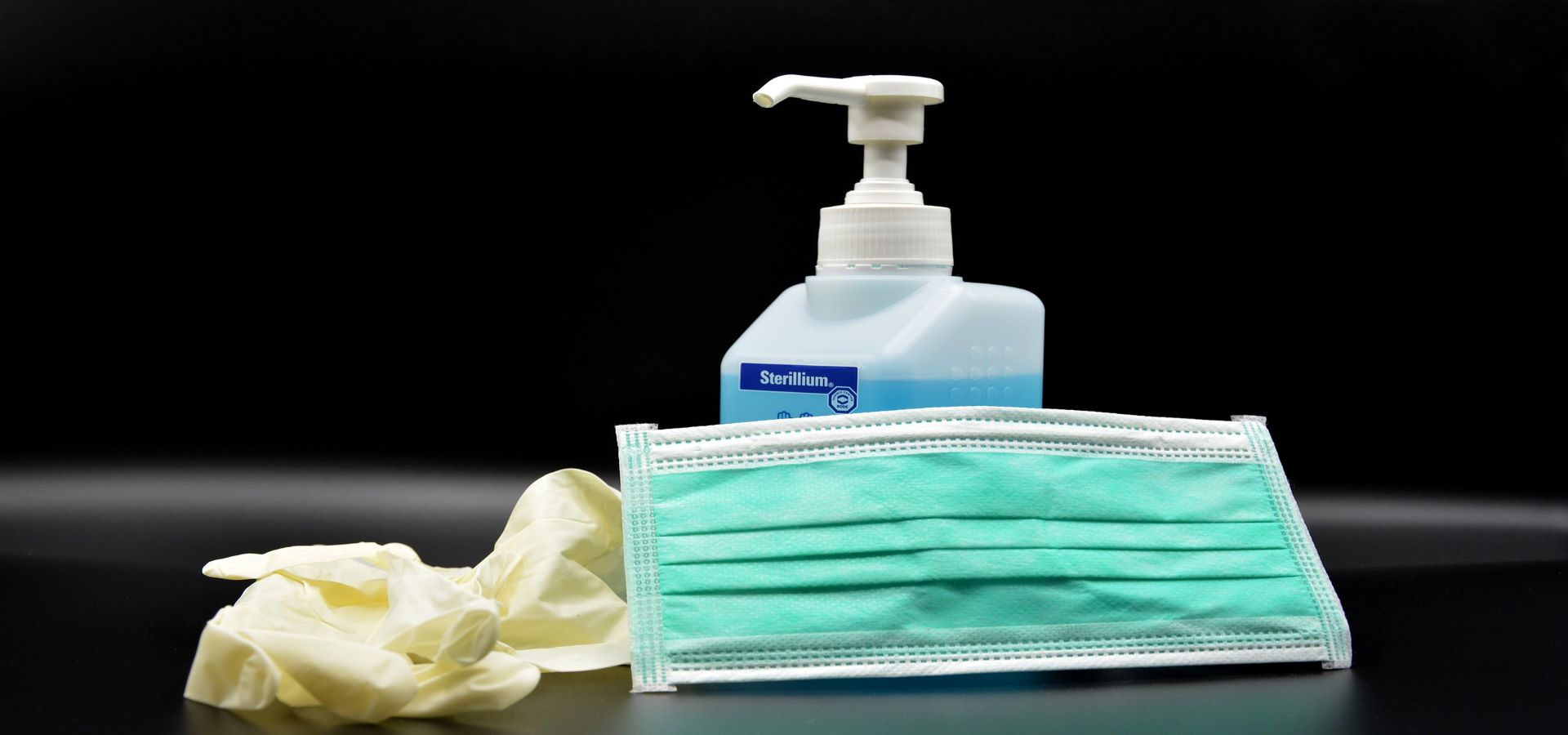Being classified as ineligible for taking Pre-Exposure Prophylaxis (PrEP) – one of the main forms of preventing infection from Human Immunodeficiency Virus (HIV), indicated for people who are at higher risk of contracting HIV – is only a short-term marker of a lower probability of contracting the infection.
The conclusion comes from a study by the Instituto de Saúde Pública da Universidade do Porto (ISPUP), which considers it imperative to create conditions to provide PrEP in a timely manner.
Titled Transitions Between Pre-Exposure Prophylaxis Eligibility States and HIV Infection in The Lisbon Cohort of HIV-Negative Men Who Have Sex with Men: a Multistate Model Analysis, the research analysed the transition between PrEP eligibility states and HIV infection.
Pre-exposure prophylaxis (PrEP) consists of the use of antiretroviral drugs by people who do not have HIV.
Made available free of charge by the National Health Service since 2018, PrEP exists in tablet form. If taken correctly and consistently, it is, in fact, quite effective in reducing the likelihood of HIV infection.
It is prescribed by a health professional who assesses the risk of HIV transmission and other sexually transmitted infections based on a set of criteria.
These criteria are clinical (possible contraindications) and behavioural, i.e. they take into account behaviours that the person has had in the last six months which may put them at a higher risk of contracting the infection, such as having unprotected sex, living with an HIV-positive partner who does not have a supressed viral load, being a sex worker, and non-consistent use of a condom.
As these behaviours may differ over time because people’s circumstances and life contexts change, the eligibility classification for PrEP can also change.
Given this background, the authors studied the transitions between PrEP eligibility status (being or not being eligible) and HIV acquisition in a sample of men who have sex with men (MSM).
Data was sourced from the Lisbon cohort of MSM, a longitudinal study initiated in 2011 that follows HIV-free Men who have Sex with Men, and who are tested for infection at CheckpointLX, a community-based centre in Lisbon.
These men are followed up over time and are no longer eligible for follow-up if they obtain a reactive result for HIV.
At each assessment, in addition to the test, participants answer a set of questions related to their life circumstances and behaviours. The answers made it possible to understand, during each visit, whether or not these individuals met the criteria defined in the Portuguese standard of indication for PrEP.
The authors analysed the data of 1885 men who made at least two consecutive visits to CheckpointLX between March 2014 and June 2020, and studied the transitions between being eligible or not eligible for PrEP and whether or not HIV infection occurred between these states.
In absolute terms, there were 640 transitions from a state of non-eligibility for PrEP to an eligible status; 782 transitions from eligibility to non-eligibility; 11 transitions from non-eligibility to PrEP and subsequent acquisition of HIV; and 36 transitions from an eligible status to an HIV-positive result.
As was already expected by the researchers, there were a greater number of transitions to an HIV-positive diagnosis among men who had shown eligibility criteria for PrEP during the previous visit.
With the mathematical model used, the authors were also able to estimate the probability of transition between the various states at 30 days, 90 days, etc.
It turned out that, in a short period of time, being considered ineligible for PrEP effectively corresponded to a lower probability of contracting HIV. However, over time, the likelihood of acquiring the infection among men who had been classified as ineligible came closer to that of those who had been identified as eligible to take the drug.
Thus, being found ineligible for PrEP was shown to be only a short-term marker of a lower likelihood of acquiring the infection.
Paula Meireles, the first author of the study coordinated by Henrique Barros, believes that “these results show the need to act in advance”.
“If in a consultation, the doctor or prescriber considers that an individual does not meet the criteria for taking the drug, it is necessary to leave the door open for a reassessment of the person in a short time span,” she says.
At the same time, “it would be important to give tools to the people themselves so that they can assess their risk and access PrEP in time if they foresee or plan any change in their behaviour or life context”, she says.
Another aspect to consider would be not to base the prescription of PrEP only on compliance with certain criteria, but to incorporate its prescription in a prevention strategy, in which each person can start and stop taking the drug safely and according to their own needs.
Besides Paula Meireles and Henrique Barros, Carla Moreira (ISPUP), Miguel Rocha (GAT-CheckpointLX) and Michael Plankey (Georgetown University) also participated in the paper, published in the American Journal of Epidemiology
The work was supported by national funds from the Fundação para a Ciência e a Tecnologia (FCT), under project UIDB/04750/2020 – Epidemiology Research Unit – Instituto de Saúde Pública da Universidade do Porto (EPIUnit) and by funds from the Treatment Activists Group (GAT).
Image: Pexels/Anna Shvets



